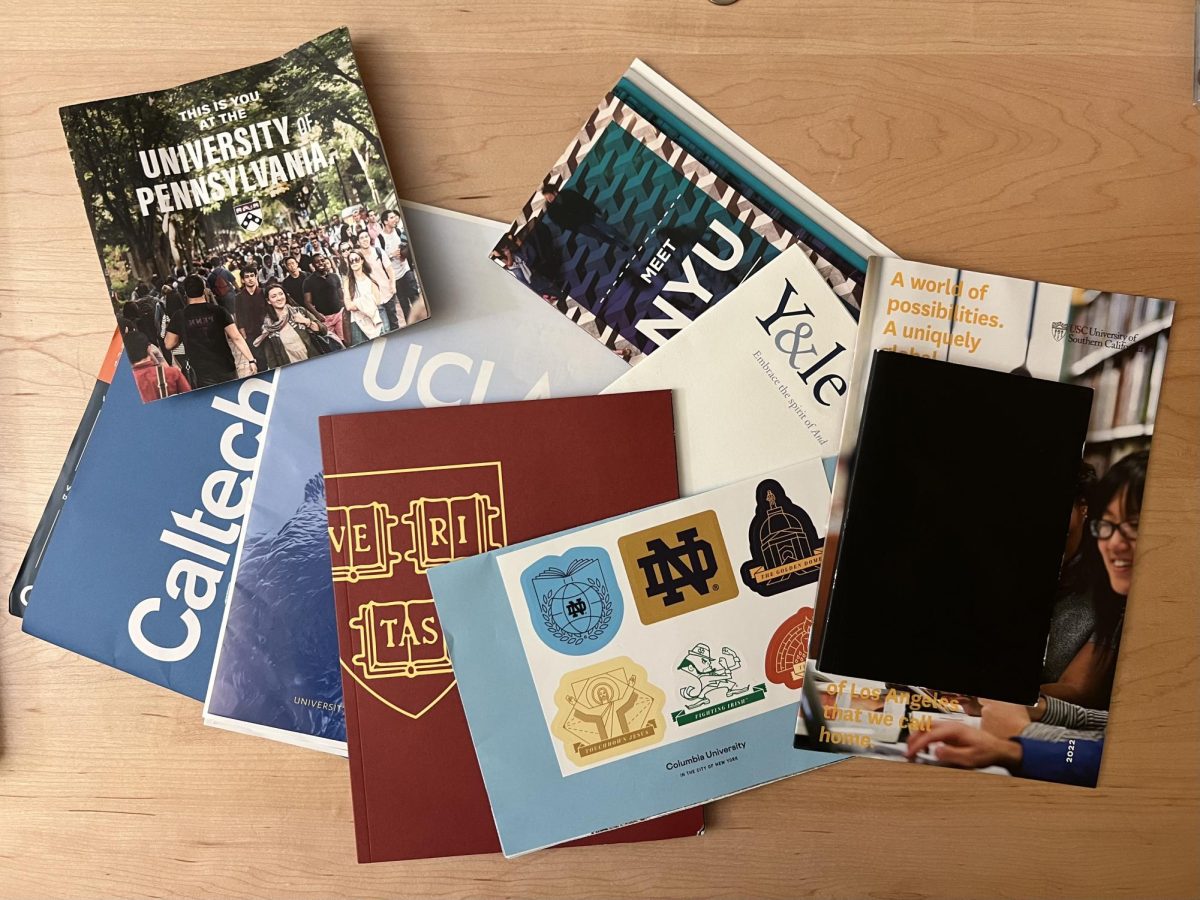
Every fall, as college-bound students plow their way through college applications, some look to early admissions to accelerate the process. In the race for seats, students who find themselves applying early tend to enjoy the ease of reduced admissions stress, shorter wait times, and even better chances of admission to their dream school.
Though universities tout the empowering value of their early admissions programs, citing them as gateways for true aspirants, these programs cast low- and middle-income applicants into a low-information, uncertain financial gamble, one that wealthy applicants are not plagued by. If universities wish to maintain early admissions programs that capture passion over price points, they must robustly enhance efforts to bring transparency to higher education costs and financial aid.
Popular among early admissions plans is Early Decision (ED), under which an applicant makes a binding commitment to attend the college if accepted. With the ED option, withdrawals from the agreement typically only surface when financial aid packages are insufficient.
For students from less wealthy families, the binding contract of ED plans eliminates the opportunity to compare financial aid offers across schools. Rather than lean towards a bigger window for admission into their first-choice school like their wealthier counterparts, lower-income students may be more inclined to lean away from the financially intimidating ED route.
This is strongly reflected in application numbers.
For example, students from wealthier areas are twice as likely to apply to college under ED plans than under the regular decision process. Students who are enrolled in private high schools are three-and-a-half times more likely to apply early than those who attend public high schools.
Early admission programs also weaken the incentive to extend financial aid offers that fully meet students’ financial needs. Colleges have less reason to entice students with attractive financial aid deals because applicants have made a commitment to enroll if admitted. In fact, only 30 percent of colleges that offer early decision plans meet 100 percent of financial need.
For a decision carrying such high financial stakes, the uncertainties of early admissions, which overwhelmingly impact less affluent applicants, only cloud an already convoluted process.
To ensure a level playing field for students applying early, colleges could devise programs that provide an upfront and detailed answer to the question of how much money in aid an applicant will be awarded if admitted. Potential applicants should be able to receive financial aid insights before applying instead of after acceptance by submitting financial or academic data to aid offices. With aid previews, ED applicants may weigh the generosity of offers across colleges while comparing packages against their needs. Answering the financial aid question before students apply may even reduce colleges’ use of the commitment clause of ED plans to evade better aid allowances.
Programs that provide a guaranteed preview of aid are not unheard of. At Whitman College in Washington, their Early Financial Aid Guarantee grants applicants a transparent and thorough look into their financial aid package before they apply, with the offer on display guaranteed for admitted students. Whitman’s former president, Kathleen Murray, revealed that with the school’s early guarantee, the average need in their ED pool reflected what they saw in the entire applicant pool.
But while planting early guarantee programs across institutions seems promising in reforming early admissions, feasibility constraints are glaringly deterring. For schools whose yearly application counts reach as high as 50,000 or 60,000, mounting the human resources to run an upfront price operation is challenging. An alternative to eating away at a college staff’s time is investing in and leveraging better technology—colleges do make net price calculators available but they tend to have flawed formulas that generate inaccurate estimates. Placing more reliable technology on the front lines of the operation while having college personnel take charge in more complicated cases may offer universities a path to balance their practical limitations with a commitment to equitable early admissions.




























